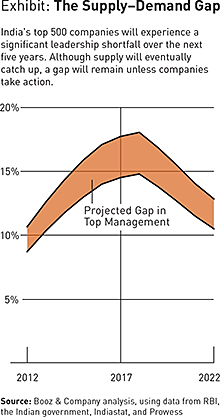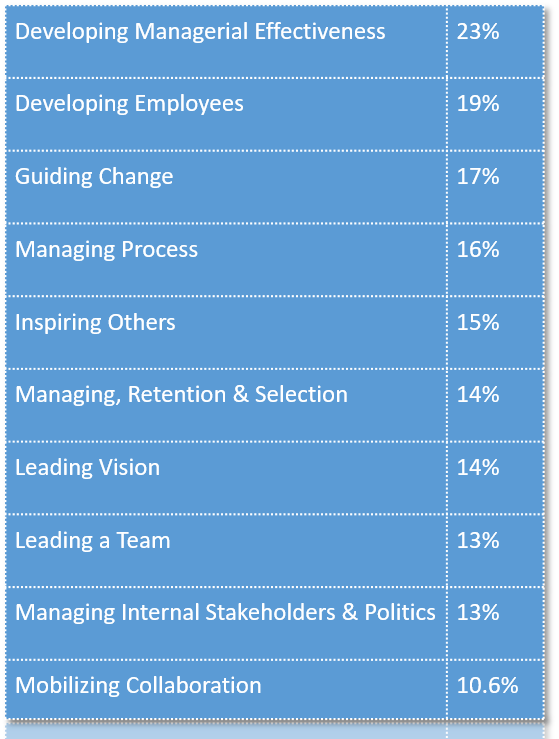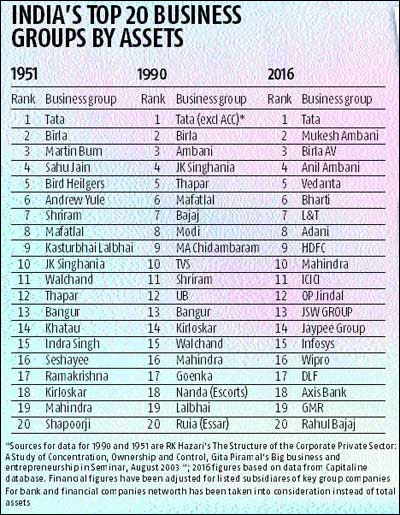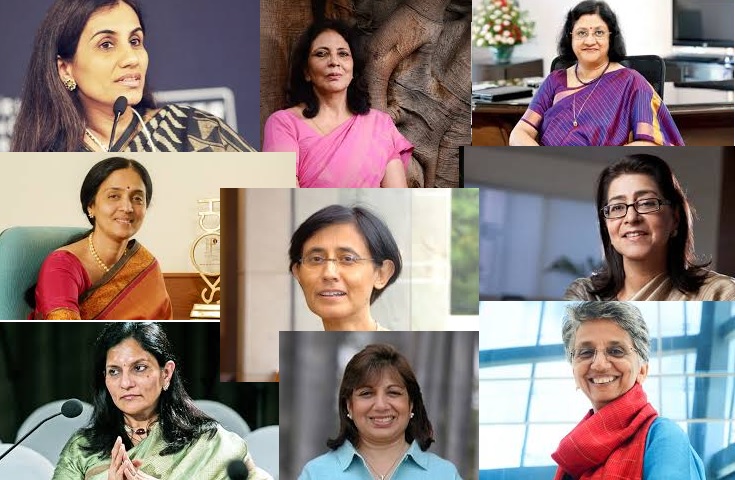Leadership in an Indian Context
We had a look at the Indian economic landscape and delved into globalization and cultural contexts. We now explore where leadership stands in an Indian context.
In a Harvard Business Review article business psychologists Thomas Chamorro Premuzic, CEO Hogan Assessments & Michael Sanger state that
The full recipe for successful leadership requires culture-specific condiments. The main reason for this is that cultures differ in their implicit theories of leadership
With respect to decision making, the synchronized leader and the opportunistic leader typify two ends of a spectrum. Indian managers largely display an opportunistic leadership style showing initiative and flexibility & thriving in ambiguity. Highly individualistic and opportunistic they are also ambitious risk takers.
 Germany, Denmark, Norway, UK & Asian countries with British influence namely India, Singapore, Malaysia, Hong-Kong show a strong leaning towards the opportunistic style of leadership. Compared to global norms Indians score higher on Ambition, Learning ability and Inquisitiveness & lower on Adjustment, Interpersonal Sensitivity & Sociability. As a nation, we are more cerebral and less social. This however might be truer for the urban conglomerates and not so much for the smaller businesses and informal set ups which still largely thrive on social relationships and form a sizable chunk of the informal sector.
Germany, Denmark, Norway, UK & Asian countries with British influence namely India, Singapore, Malaysia, Hong-Kong show a strong leaning towards the opportunistic style of leadership. Compared to global norms Indians score higher on Ambition, Learning ability and Inquisitiveness & lower on Adjustment, Interpersonal Sensitivity & Sociability. As a nation, we are more cerebral and less social. This however might be truer for the urban conglomerates and not so much for the smaller businesses and informal set ups which still largely thrive on social relationships and form a sizable chunk of the informal sector.
Challenges to Business Leadership – Change & Stability
Businesses face the challenge of scalability, estimating the time to scale and the value proposition they drive through the transition. It also tests their ability to keep abreast of the pace at which technologies are changing. India is not immune and the leadership. here constantly gets a gamut of complexities thrown in their path.
 In India, the focus on growth has been so predominant that scant attention has been paid to developing the next generation of executives. A study conducted of over 500 Indian companies in 2012 forecast that by 2017 close to 20% of the top leadership positions in India would not find a suitable fit or would be taken up by executives not qualified for the position.
In India, the focus on growth has been so predominant that scant attention has been paid to developing the next generation of executives. A study conducted of over 500 Indian companies in 2012 forecast that by 2017 close to 20% of the top leadership positions in India would not find a suitable fit or would be taken up by executives not qualified for the position.
In a study conducted in 2017 by the Centre for Creative leadership, of 773 practicing managers from 7 different countries ( nearly 100 were from India) which represented diverse industries (communication, utilities, education, finance, insurance, banking, government, health, human services, manufacturing, retail trade, wholesale transportation) there were some clear challenges that were common to most.

Developing managerial effectiveness ranked as the topmost concern for China, India & the US
Developing employees features amongst the top 5 for 6 out of the total 7 countries.
Developmental initiatives are more effective if they are in line with the challenges leaders face’ and they also point to the importance of keeping cultural contexts in mind while developing these programmes.
Source: www.ccl.org ( Centre for Creative Leadership)
Apart from cultural trends, leadership needs to take cognizance of the managerial practices in the given environment. A quick look at some of them.
Managerial Practices
 Most of the defining social and cultural contexts find expression in Managerial Practices in India. It could partly be an extended colonial hangover or strongly entrenched patriarchal sensibilities but most of the businesses follow a layered hierarchical structure which operates top down.
Most of the defining social and cultural contexts find expression in Managerial Practices in India. It could partly be an extended colonial hangover or strongly entrenched patriarchal sensibilities but most of the businesses follow a layered hierarchical structure which operates top down.
We can increasingly see a transitionary phase as the old guard hands over the baton to younger business leaders bringing in a norm more consistent with the global structures. Family commitments continue to be important & personal relationships are deeply valued in business.
Indians are tough negotiators. Most of the business deals are tightly negotiated and value for money is paramount in driving business performance. The individualistic streak amongst Indians precludes the need to develop relationships at the beginning of negotiations which works in favor of business talks. Pre negotiation relationships are not characterized by elaborate dinners or after-hours drinking, as is often the case in Japan. However the fact that relationships are less important at the onset of negotiations does not imply that the time required to complete the negotiation will be shortened. In the operational phase, relationships assume importance as trust forms the cornerstone of all dealings. At this stage relationships are instrumental in aligning expectations of all concerned and also indicate that the foreign investor is sincere to the Indian partner.
 Post negotiations, contractual obligations might not enjoy the same sanctity as in some of the western countries. Indian businesses have had to survive chaotic conditions in the past. Inadequate infrastructure, judicial delays, political instability and nationalistic sentiments makes an average Indian businessman lean towards open ended commitments.
Post negotiations, contractual obligations might not enjoy the same sanctity as in some of the western countries. Indian businesses have had to survive chaotic conditions in the past. Inadequate infrastructure, judicial delays, political instability and nationalistic sentiments makes an average Indian businessman lean towards open ended commitments.
A look at some of the emerging trends will help adopt a more flexible approach towards these sensibilities. In the last part of this series we take a whistlestop tour of some of the Emerging Trends that are shaping the business environment in India.






 Indians respond with warmth, respect and courtesy and this reflects in global relationships as well. Family, religion, festivals, politics, cricket and Bollywood are at the core of its social life and they spill over into business as well. Most of the mega budget marketing is usually centered around these pillars. On a flip side, saying “No” outright affords deep challenge to an average Indian and this plays up to the detriment of a project timeline or a business. A “maybe” in India must be understood as a “No” most of the times.
Indians respond with warmth, respect and courtesy and this reflects in global relationships as well. Family, religion, festivals, politics, cricket and Bollywood are at the core of its social life and they spill over into business as well. Most of the mega budget marketing is usually centered around these pillars. On a flip side, saying “No” outright affords deep challenge to an average Indian and this plays up to the detriment of a project timeline or a business. A “maybe” in India must be understood as a “No” most of the times.

 The story of growth would be incomplete without a mention of India’s FDI policy. The increase in the upper limit on Foreign Direct Investment from 26% to 49% in insurance and 25 other sectors has boosted the sector quite significantly.
The story of growth would be incomplete without a mention of India’s FDI policy. The increase in the upper limit on Foreign Direct Investment from 26% to 49% in insurance and 25 other sectors has boosted the sector quite significantly.